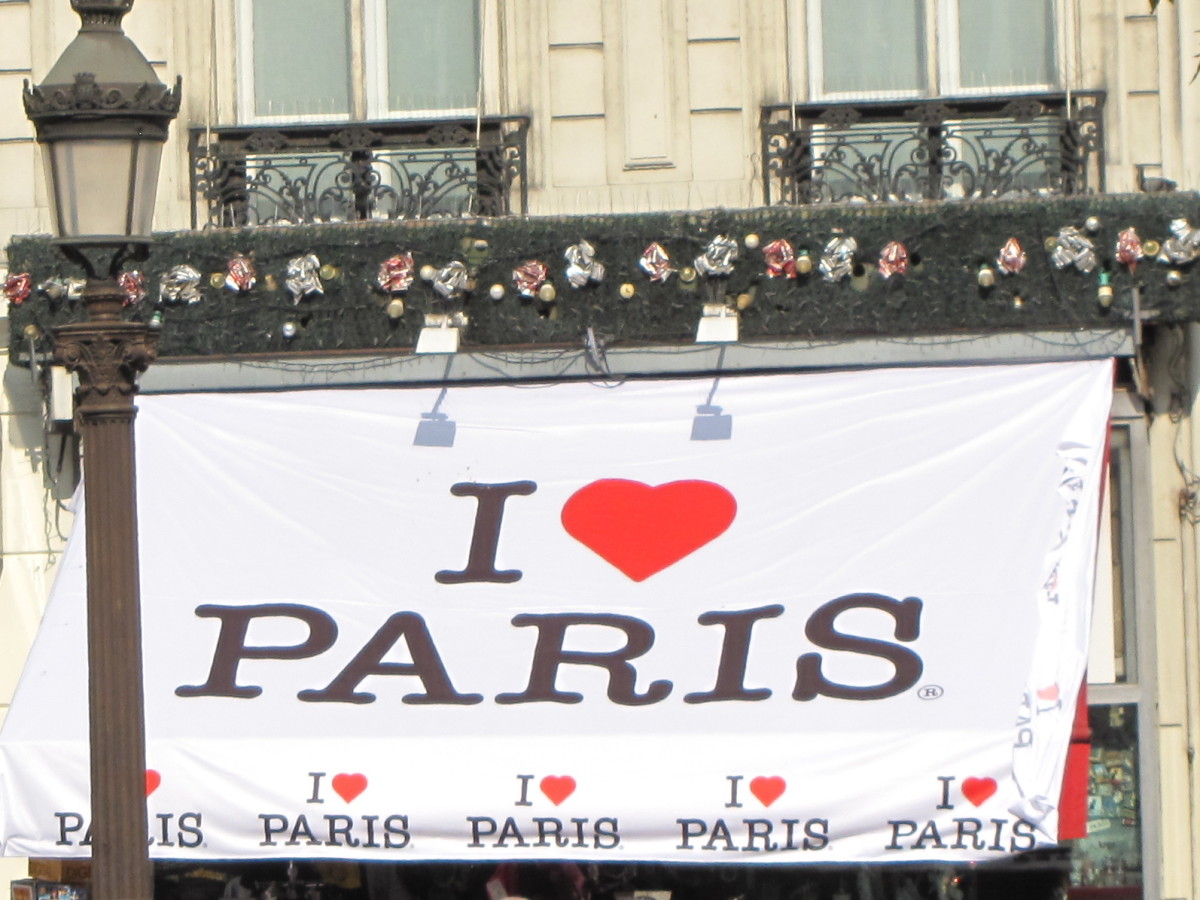Visiting Sas-van-Gent, The Netherlands: Dutch canal town with psychologically unusual geography
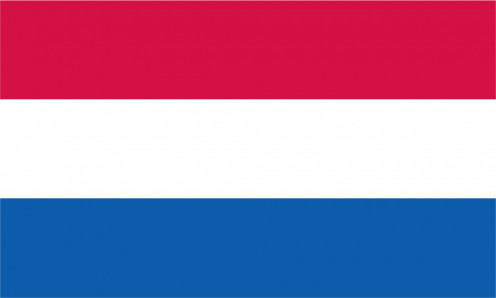
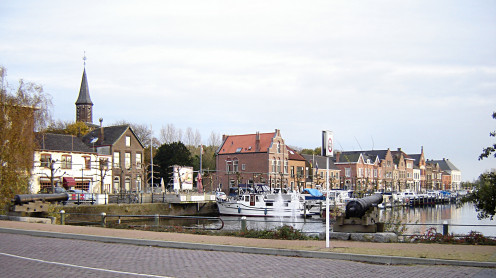
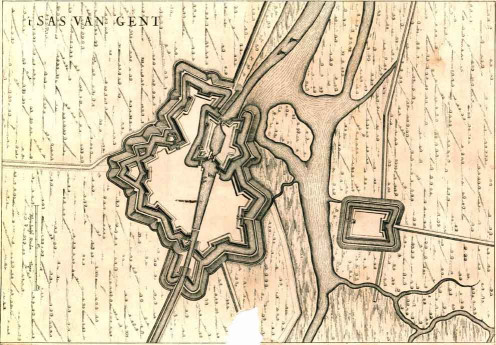
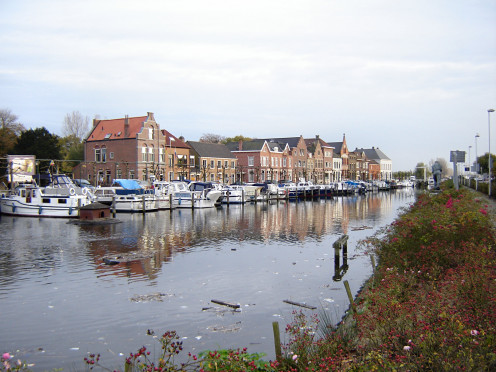
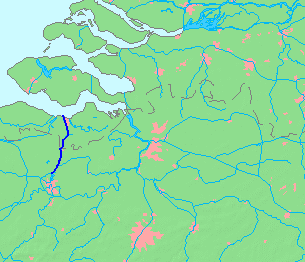
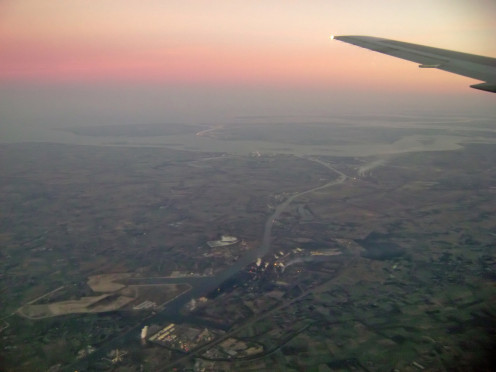
A border outlook
Not many kilometres north of the Belgian city of Ghent (Dutch: Gent)(1), and lying on the Ghent-Terneuzen Canal (Dutch: Kanaal van Gent naar Terneuzen), is the small town of Sas-van-Gent (which, in Dutch means literally 'Sluice of Ghent').
So, is Sas-van-Gent a fairly typical town of northern Belgium in the northern Flemish region(Dutch: Vlaams gewest)? Well, actually, no; and it's not in Belgium at all (even though in a manner of speaking it is indeed in Flanders).
Sas-van-Gent is in fact in The Netherlands, located in the Terneuzen municipality of Zeeland province, in an historic area south of the Scheldt (Dutch: Schelde) river known as Zeeland Flanders (Dutch: Zeeuws Vlaanderen).
In Medieval times, Ghent was a significant port city, and, indeed, its port facilties are still significant, but for hundreds of years navigable access to Gent for large ships has been a challenge, for various reasons. One reason was the silting of the Zwin river; a canal dug hundreds of years ago known as the Sassevaart, and which connected the city to the Scheldt river, also suffered silting problems. Another reason was the aftermath of the separation of the northern and southern provinces of the Netherlands (2) in the 16th century. Thus it came about that in the 19th century the Ghent-Terneuzen Canal was dug in the 1820s, and enlarged in the 1870s and -80s. Its total length is 32 kilometres, with 18 kilometres in Belgium and 14 in The Netherlands. Sas-van-Gent is thus located level with the location where the Gent-Terneuzen Canal meets the border, on the Dutch side.
This Canal is sometimes also called the Sea Canal (Dutch: Zeekanaal), which strongly hints at the relationship of Zeeland Flanders with the open sea: the Scheldt estuary psychologically separates the remainder of The Netherlands from this fairly narrow segment of Dutch land physically attached to the overwhelmingly Belgian part of Flanders. (A part of France's Nord department is also historically identified with Flanders.) Thus, for the residents of Zeeland Flanders who border Belgium — especially the case for those who live in the border town of Sas-van-Gent — Belgium is close by, while the remainder of Dutch territory is physically and psychologically distant.
Thus, when one visits Sas-van-Gent, barely 18 kilometres from Ghent, one may feel like pinching oneself to ask the rhetorical question: where am I? The answer is not very straightforward: not in Belgium, but in The Netherlands; in Zeeland, but separated by a stretch of water from the rest of the province; in Flanders, but not in Belgium's Flemish region.
So, the visitor might ask: do people in Sas-van-Gent and Zeeland Flanders 'feel' themselves to be more Belgian than Dutch? Well, hardly, since Belgium as an independent country has been in existence only since 1830, while, with only minor exceptions, the area immediately north of what is now the Belgian border and Zeeland province became part of the Dutch Republic in the 16th century. Thus a very strong Dutch identity has been retained here.
Amazingly, in an era when the European Union and NATO have been urging rival nationalists in Bosnia to desist from making territorial claims, some Flemish nationalists (who seek to break the Flemish region away from Belgium) also aspire to annex this part of Zeeland province. It must be said also that the great majority of Belgians think this notion is wildly unrealistic and undesirable.
August 3, 2013
Notes
(1) 'Ghent', the usual spelling in English, reflects archaic usage in Dutch; the name Sas-van-Gent follows the usual, modern spelling in Dutch.
(2) Conventionally, the term 'The Netherlands', i.e., with an article bearing a capital letter, refers in English to the Kingdom of The Netherlands, founded following the defeat of Napoleon I, in 1815, whose troops had occupied the country. The historic term, 'the Netherlands', i.e., without a capital letter on the article, can generally refer in England to either the historic northern or southern Netherlands.
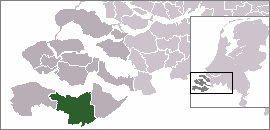
Worth seeing
In Sas-van-Gent itself, noted structures include: the former windmill on a conspicuous mound known as the Molenberg; the Protestantse Kerk (the tower of which is visible in the main photo, above), built in 1897, but which has its origins in the 17th century, and was also once associated with Walloon Protestants; the R.Catholic parish church building dating from the late 19th century, which replaced an earlier chapel; the Duke of Marlborough (Dutch: Hertog van Marlborough) building on the Oostkade.
Sluis, The Netherlands (distance: 47 kilometres) has a Medieval belfry and some picturesque canals.
Ghent, Belgium (Dutch: Gent ; distance: 25 kilometres), outstanding historical and architectural treasures include the Medieval castle, the Gravensteen , its 14th to 16th century Cathedral and the picturesque Leie River frontage of old gabled buildings.
...
How to get there: Brussels National Airport (Brussel -Nationaal -Luchthaven) , Belgium, where car hire is available, is the nearest large international airport to Sas-van-Gent (distance: 91 km). Brussels Airlines flies from New York (JFK) to Brussels National. By road from Brussels, take E19/A1 and A11 to exit near Zelzate, by the Belgian-Dutch border, close to Sas-van-Gent. Please check with the airline or your travel agent for up to date information. Please refer to appropriate consular sources for any special border crossing arrangements which may apply to citizens of certain nationalities.
MJFenn is an independent travel writer based in Ontario, Canada.
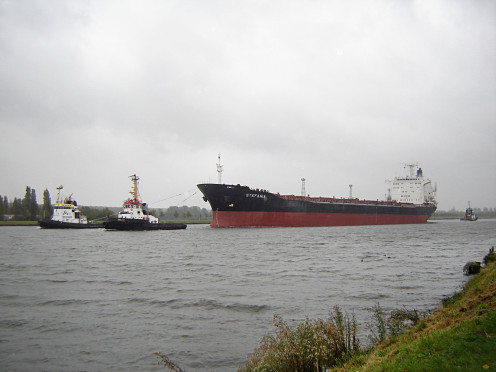
Other of my hubpages may also be of interest
- Visiting Sluis, The Netherlands: typical Dutch canal town in an untypical location
- Visiting picturesque Sint Anna ter Muiden: westernmost locality of the continental Netherlands
- Visiting Breskens, The Netherlands, on the Scheldt River: bracing gateway to Zeeland Flanders
- Visiting the Royal Palace on the Dam at Amsterdam: 17th century municipal Classicism, turned royal
- Visiting Mamelis, The Netherlands: untypical hill country, and border complexities, too





